This post may contain affiliate links. Please see our disclosure policy.
Canning vegetables is a great way to preserve seasonal abundance, whether you had a huge harvest from your garden or got a great deal at your local farmers market. It’s a simple way to put up the harvest without a root cellar or large chest freezer.
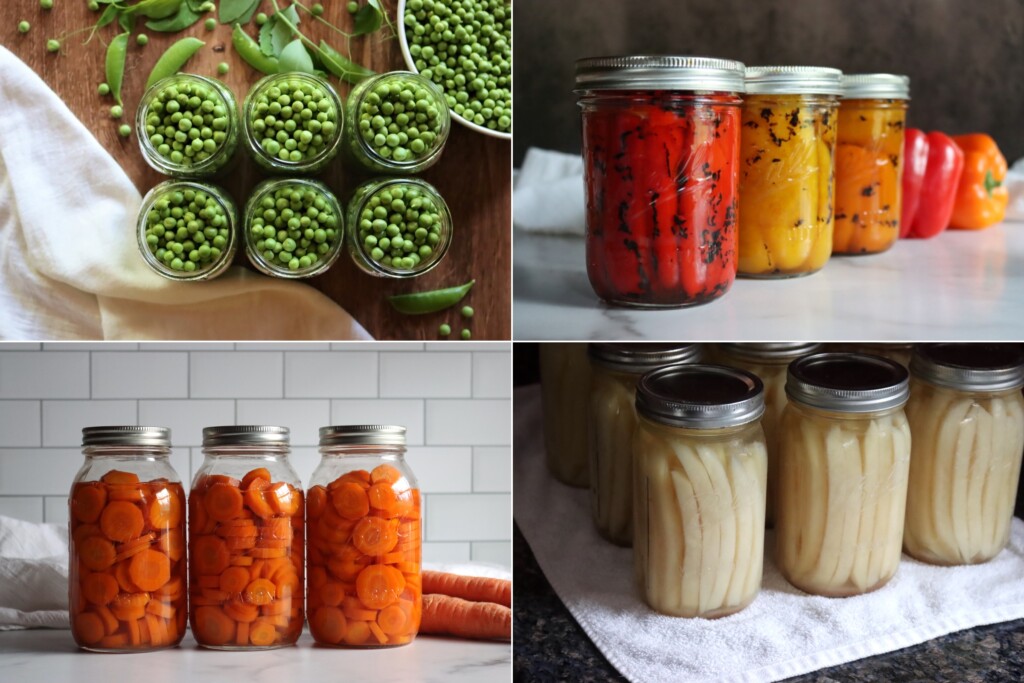
Before canning equipment was widely available, most families stored whatever vegetables they could, like carrots, cabbages, and winter squash, in a root cellar. Unfortunately, unless you buy an old farm, most modern homesteaders don’t have this option.
Dehydrating vegetables is another great way to preserve them. However, dehydrating most vegetables takes a lot of time. If you only have one dehydrator, getting all your vegetables processed before they start to go bad can be a challenge. Additionally, dehydrated veggies take a long time to rehydrate. This is fine if you’re tossing them in a soup or stew that has to boil for a long time, but I like to keep canned veggies on hand that are easy to heat up and eat.
Another option I sometimes use is freezing vegetables. However, if I was going to freeze our entire harvest, I’d need a lot of chest freezer space. Living on an off-grid homestead with limited power means that this really isn’t a good option for us. Even if you are attached to a traditional power grid, freezing still comes with a few problems. Multiple chest freezers can raise your electricity bill, and one power outage could ruin your whole harvest.
Canning vegetables is my favorite way to preserve our garden harvest. They’re ready for a quick weeknight meal, keep well for months, and don’t require any electricity to store.
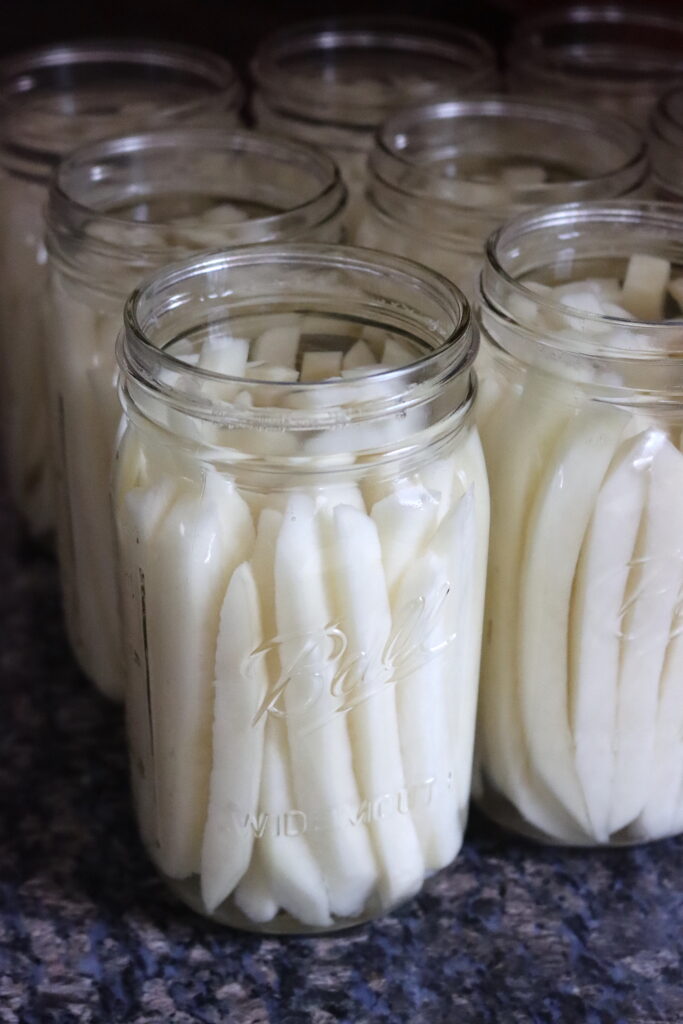
Pressure Canning or Water Bath Canning
Most vegetables we eat are low-acid, which means they’re not acidic enough for water bath canning. Almost all of the water bath canning vegetable recipes you’ll find are for pickles and relishes, which contain a lot of vinegar, making them more acidic.
Almost all vegetables need to be pressure canned to preserve them without vinegar.
For this list, I provided pressure canning and water bath canning options for each vegetable.
In general, I prefer pressure canning vegetables because I can preserve them in plain water. These plain vegetables are much more versatile and can be used in different recipes later on.
For example, this winter, I can use my plain pressure canned corn to make chowder, shepherd’s pie, or corn fritters. The corn relish that I water bath canned is only good as a side or condiment.
If you’re new to pressure canning, please check out this beginner’s guide to pressure canning before you get started.
If all of this is new and you’re just getting into food preservation, I suggest checking out this beginner’s guide to water bath canning.
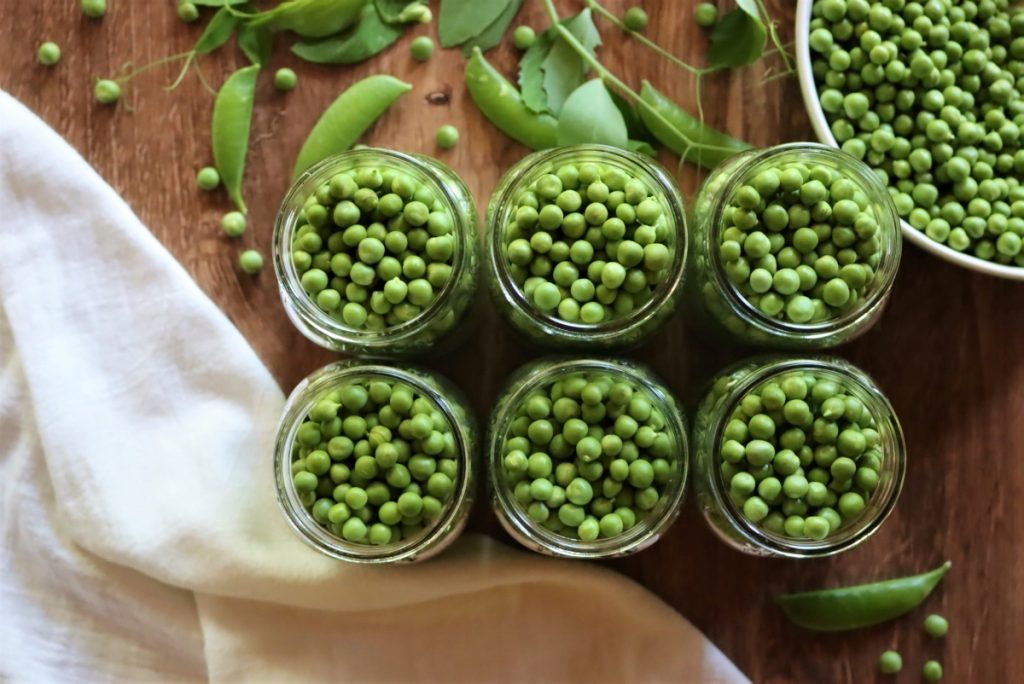
Vegetable Canning Recipes
I’ve been canning and collecting recipes for years, so I decided to organize all the vegetable canning recipes I’ve found into one convenient list. To help you find what you’re looking for, I organized them by vegetable type. I tried to include all the vegetables I could think of and as many recipes as possible, but if I’ve missed something, please let me know in the comments so I can add it to the list.
Even though I pressure can the majority of my vegetables, I decided to include both pressure canning and water bath canning recipes in this list. The water bath canning recipes all have added acidity, like relish, pickles, and jam.
All the vegetable canning recipes I included are safe recipes that follow the most recent guidelines from the National Center for Home Food Preservation.
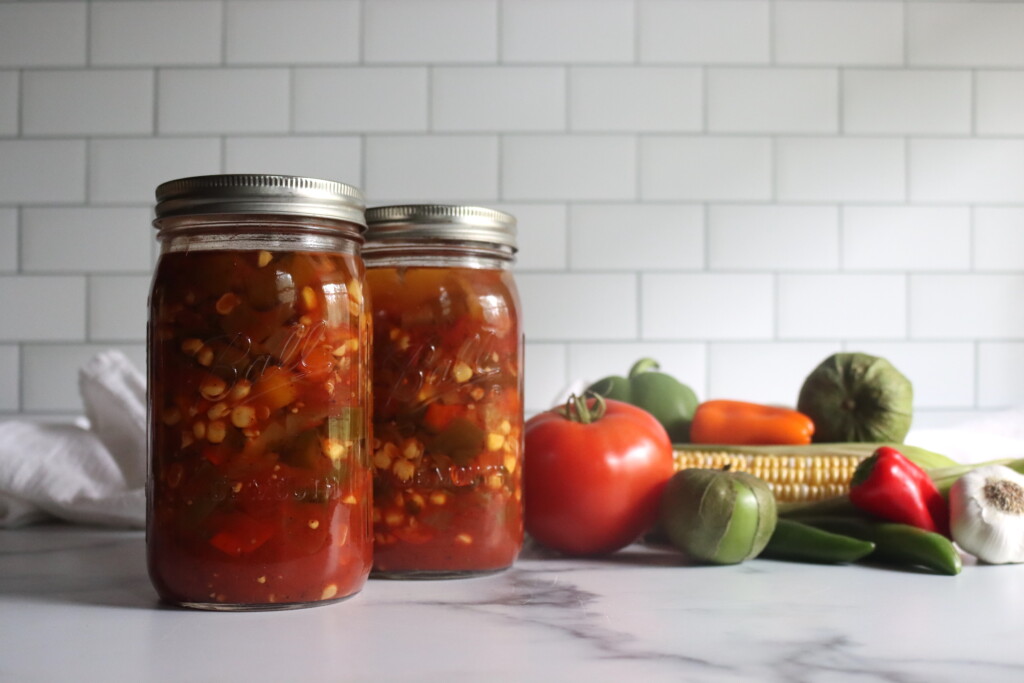
Vegetarian Soups & Meal in a Jar
Before I dive into each individual vegetable, I’ll start you off with pre-made vegetarian soups and meal in a jar recipes. These recipes are heat and eat, and perfect for busy weeknights.
My husband loves tomato basil soup, and my personal favorite is southwestern vegetable soup.
Asparagus
There’s nothing like fresh garden asparagus, but it can be really tricky to preserve. In my opinion, canned asparagus is the best way to enjoy it out of season.
I’ve found that frozen asparagus doesn’t maintain its flavor well and tends to be stringy. I also don’t usually dehydrate asparagus because it’s not an ingredient I typically use in soups and stews. I prefer my asparagus in simple egg dishes or a side dish, which doesn’t work well with rehydrated vegetables.
My favorite way to preserve asparagus is to pressure can plain asparagus. We love eating it in the winter as a side to fish or meat. I also put up a few jars of pickled asparagus. Although I don’t use it as much as plain asparagus, I do enjoy it. I think pickled asparagus is better than pickled cucumbers, and I love eating it in sandwiches.
Beets
Beets are one of the few vegetables that I like better canned than fresh. I’ll eat canned beets right out of the jar. One of my favorite ways to eat them as a snack is to drain them, sprinkle them with a bit of balsamic and a pinch of salt, and then enjoy.
I can plenty of beats in plain water to use in salads as side dishes or uncooked meals like beet soup. They’re tasty, easy to use, and versatile.
I also make a large batch of pickled beets. Warm spices like cloves, cinnamon, and a bit of sugar make them even more flavorful than plain beets. I love pickled beets’ sweet and sour flavor as a side to some of our heavy winter dishes.
My family loves eating pickled beets alongside potato latkes (similar to hashbrown patties).
Cabbage
Sadly, there’s no tested recipe for canning plain cabbage, and the National Center for Home Food Preservation recommends against canning it in soups. Healthy Canning has written an excellent article detailing why we don’t can cabbage.. For the most part, it’s about quality.
Plain canned cabbage tastes horrible, so the National Center for Home Food Preservation hasn’t bothered testing it. As it’s a low-acid vegetable, you need to pressure it for a long time for it to be safe.
(Canning sauerkraut is the exception, since the fermenting process makes it acidic and it can be processed quickly in a waterbath canner. The same goes for chow chow recipes, which are traditional relish canning recipes that include a lot of vinegar.)
Fortunately, I have found some great, approved recipes for canning sauerkraut. Fermenting sauerkraut pickles the cabbage, meaning that it’s safe for quick water bath canning.
There are also a number of mixed relish and chow chow recipes that include cabbage in the ingredients list. These are pickled, so the vinegar in the mix means that they’re waterbath canned instead of pressure canned. That helps with quality issues, and with all that vinegar in there it’s preserved in a different way.
Carrots
Our Vermont homestead has a root cellar, but storing fresh carrots has always been an issue. The potatoes, onions, and garlic we grow store great in our root cellar because they do well in dry storage. Unfortunately, our seller just isn’t humid enough for great carrot storage, so they tend to spoil quickly.
We do successfully over winter carrots in our garden. Unfortunately, with our area’s heavy snow, digging out and locating the carrots during the winter can be a hassle, especially on busy weeknights when I’m trying to cook dinner. Typically, we harvest most of these carrots in the early spring when the snow is beginning to melt. They are still fresh, crisp, and delicious.
For this reason, I always grow plenty of hardy storage carrot varieties that are great for pressure canning. Pressure canned plain carrots are flavorful and don’t get mushy as long as you stick to the hardy storage types. Don’t try to pressure can tender summer carrots they don’t hold up well and get mushy.
I like to keep a few jars of pressure canned carrots in our pantry because they are a quick side dish and a nice addition to quick soups and stews. Dehydrated carrots also work for soups and stews, but they take a bit longer to rehydrate and don’t really work well as a side dish.
I also make a number of pickled carrots in the water bath canner. Carrot pickles are absolutely delicious. Some types we enjoy just as a snack, while others I prepare for specialty cooking projects, like my ginger pickled carrots, which I use for udon bowls and garnish other Asian dishes.
Cauliflower
Sadly, like its relative cabbage, cauliflower is one of those vegetables that doesn’t hold up well to pressure canning. There are no safe, tested recipes for it simply because they would be nasty.
If you have extra cauliflower on hand, my advice is to water bath can cauliflower pickles.
Cauliflower absorbs the flavor of different spices well, making it an excellent pickle. It also holds its texture much better than cucumbers.
Most people include cauliflower in a mix of pickled vegetables, but you can also pickle it all on its own.
Corn
Every season, we dedicate a huge section of our garden to sweetcorn. No vegetable reminds me as much of summertime as fresh corn. Even though it’s technically a grain, I had to add it to this list so you can preserve any extra coming in from your garden.
It takes a long time to pressure can corn, but the delicious results are worth it. As it is technically grain and quite starchy, pints must be held at pressure for 55 minutes, and quarts must be held at pressure for 85 minutes. That’s longer than just about any other vegetable canning recipe you’ll find.
While I love the versatility of plain pressure canned corn, there are also plenty of delicious water bath canned corn salsa and relish recipes. (Southwestern corn salsa and pickled corn relish are some of my favorites.)
Adding acid, either through vinegar or citrus juice, lowers the pH of these recipes and makes them safe for water bath canning.
There are also a few safe, approved corn cob jelly recipes that are unique, tasty, and take advantage of a waste product.
Cucumber
You won’t find any pressure canning recipes for cucumbers (they would be gross anyway), but you will find hundreds of pickling recipes for cucumbers.
I love bread and butter pickles on hamburgers, but crisp dill pickle slices are my favorite for subs and sandwiches. In addition to the traditional favorites, there are many recipes that play with additional spices.
Surprisingly, you can also make a tasty jam using cucumbers. You just need to add enough lemon juice or citric acid to ensure it’s safe for water bath canning. It’s the most unique way I’ve seen anyone put up cucumbers.
Green Beans
Green beans must be one of the most productive vegetables. Even from just a small raised bed, you can end up with baskets of green beans. I love eating them fresh, but we always end up with way too much to use at once.
Pressure canning plain green beans is how I deal with most of them. Freezing works, too, but as we don’t have a lot of freezer space, I prefer to stick with the pressure canner. Canned green beans are lovely for casseroles on the holiday table and savory winter soups. Just keep in mind that you do need to pressure can them. Don’t listen to those sources on the internet that claim you can water bath can plain green beans. It isn’t safe!
Pickled beans or dilly beans are safe to water bath can as they are preserved in vinegar. Pickled beans hold their texture and shape well. They’re just as tasty as, if not more, dill pickled cucumbers. I love using them similarly in sandwiches or on the side of a lunch plate.
Onions
Onions are pretty easy to store without canning, so they aren’t a major focus of my canning season. However, there are a couple of ways I enjoy them canned.
There is one recipe for canning plain onions, but it’s rather specific. It only works for pearl onions or very small whole onions. You cannot use slices.
I also like canning onions as condiments. Savory onion jam and pickled onions are two of my favorites. But onions find there way into salsa, onion relish and pasta sauce, as well as pressure canned soups, so there are a lot of canning recipes with onions!
Peas
Not everyone will agree with me, but shelling peas is time well spent! I love spending a summer afternoon on the porch shelling peas, even when there are a million other chores to do on the homestead. It’s the best way to spend a breezy afternoon with good company.
If you get through all the shelling, homegrown peas are great for pressure canning.
Peppers
Peppers have to be some of the most beautiful produce I grow. I love seeing baskets of bell peppers in all their different stages of ripeness: green, yellow, and red. They look great in jars in the pantry, too!
I find plain, pressure canned peppers to be excellent in winter recipes like chili and pasta dishes. I also water bath can pickled peppers for pizza, sandwiches, and for use as an all purpose relish.
Potatoes
Not everyone likes to can their potatoes, but I find it worthwhile. One reason is that fresh, new, small potatoes don’t store well on their own, but they can beautifully.
My favorite thing about canned potatoes is that they’re ready to use right out of the jar. They’re great for making a quick batch of mashed potatoes or hashbrowns.
Pumpkin (& Winter Squash)
umpkin and winter squash are both safe to pressure can as long as you follow the specific process. You must can pumpkin as cubes. Pureed pumpkin is too thick for the heat to properly penetrate the center of the jar, making it unsafe for canning.
If you need puree, you can quickly mash pumpkin cubes after opening the jar. I also find them more versatile and love throwing them in soups, stews, and curries.
Rhubarb
I usually use rhubarb like a fruit; strawberry-rhubarb crisp is to die for, but it’s technically a vegetable. I decided to put it on this list as many folks in my area include a patch in their vegetable garden.
Rhubarb is naturally acidic on its own so it’s safe to water bath can as stewed rhubarb, which is excellent with ice cream and other desserts. Or you can thicken it into rhubarb pie filling for a heartier treat. You can also water bath can rhubarb in jam, rhubarb jelly, and even more exotic recipes like rhubarb chutney, BBQ sauce, and more.
Rhubarb works well when combined with other fruits too, and it’s lovely in blueberry rhubarb jam, peach rhubarb jam and orange rhubarb jam. The British also love it with ginger too!
Tomatillo
While tomatillos might generally be acidic, their pH is impacted by growing conditions. To err on the side of caution, I recommend adding acid. I prefer to add lime juice as I find it tastes excellent in tomatillo recipes anyway.
To be safe, add 1 tablespoon of bottled citrus juice to each pint (or 2 tablespoons per quart), in order to safely can them using a water bath canner.
Note that if you’re mixing them with peppers and onions to create salsa, you’ll need a considerable amount of vinegar or citrus juice to bring the pH of the whole mixture down to a safe range.
Tomatoes
Many old-time canning recipes list tomatoes as acidic and safe for water bath canning. However, tomatoes are right on the line of safe acidity for canning. Modern varieties, in particular, may have a higher (less acidic) pH.
Tomato pH is also impacted by growing conditions like sunlight, water, and fertilizer applications. Today, safe tomato canning recipes will always include acid, whether citric acid, vinegar, or lemon juice. This is true for pressure canning and water bath canning recipes, as they were both tested with the added acid!
As of when this article was written, there are no recipes for pressure canning tomatoes without adding acidity. Don’t skip that step.
Zucchini
There’s a surprising number of safe tested zucchini canning recipes. Maybe it’s because gardeners end up with so much each season. Whatever the case, there are tasty recipes to turn zucchini into pickles, relish, and even jam!
These acidic recipes are safe and approved for water bath canning.
Unfortunately, there are no recipes for pressure canning plain zucchini. Zucchini falls apart and turns into a pasty, gross mush when you try to pressure can it.
Aside from its less-than-ideal texture and flavor, pressure canning zucchini wouldn’t be safe. As it doesn’t stay in chunks, the heat doesn’t adequately penetrate the jar and kill bacteria.
The only safe pressure canning recipe for zucchini is a mix of zucchini and tomato chunks. The tomato chunks keep the zucchini separated and help add acidity to reduce the pressure canning time.
It makes a great mix for soups and pasta dishes.
Other Ideas
What veggies have I missed? Which are your favorites to can? leave me a note in the comments!
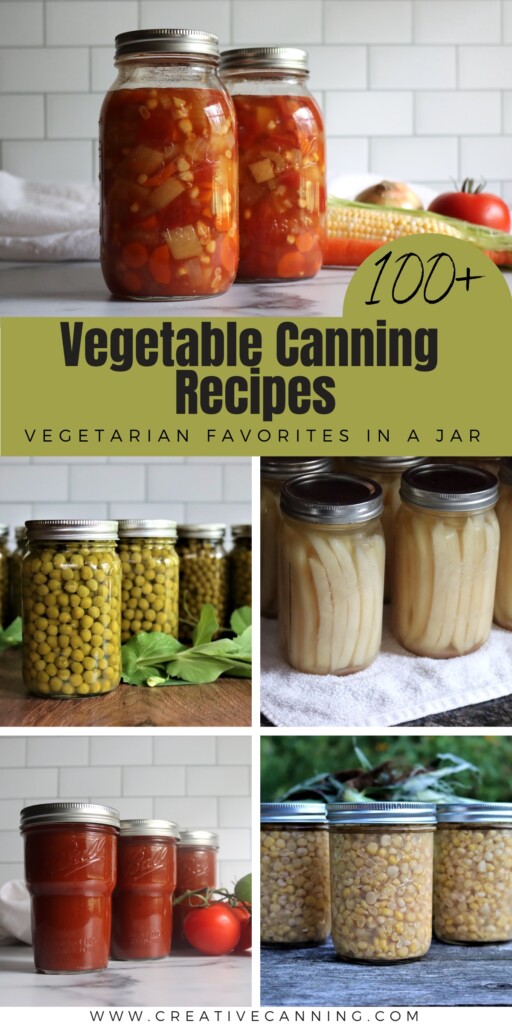
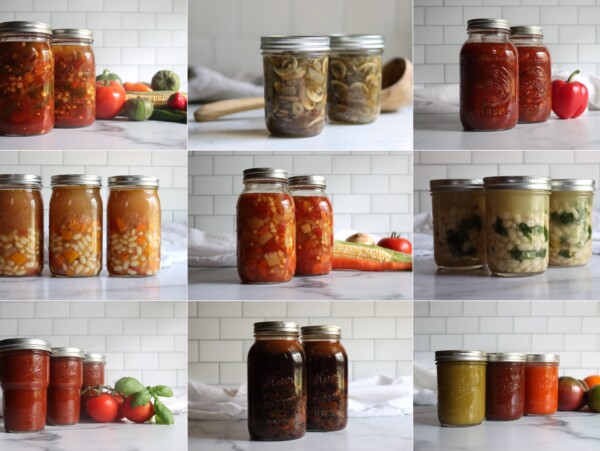
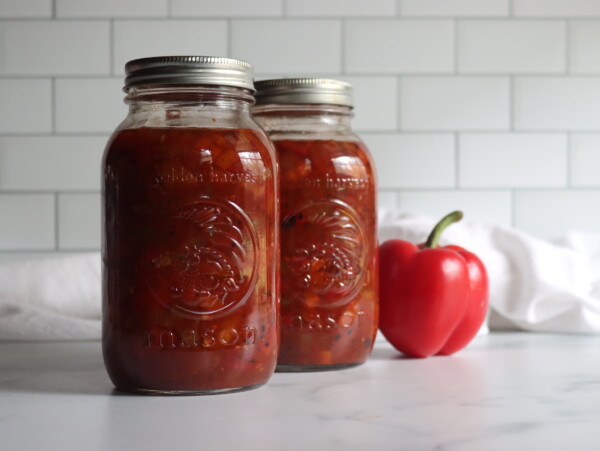
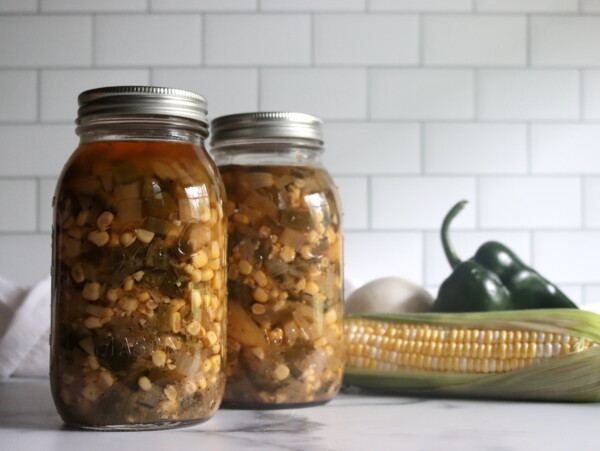
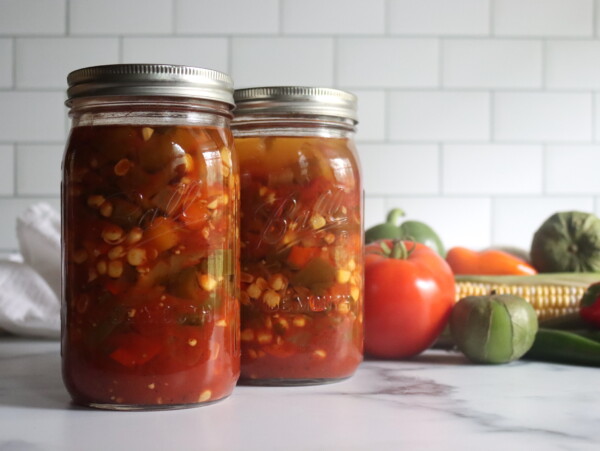
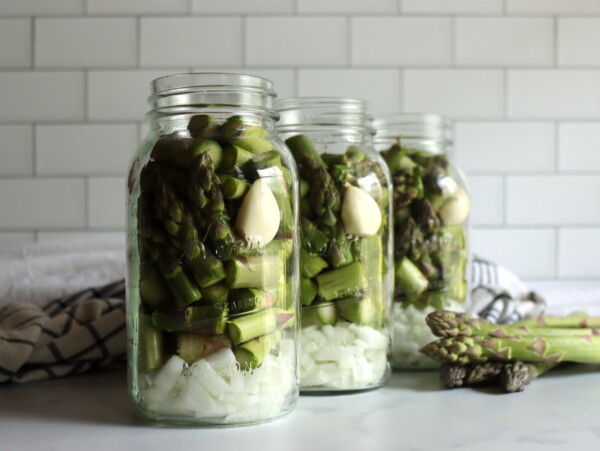
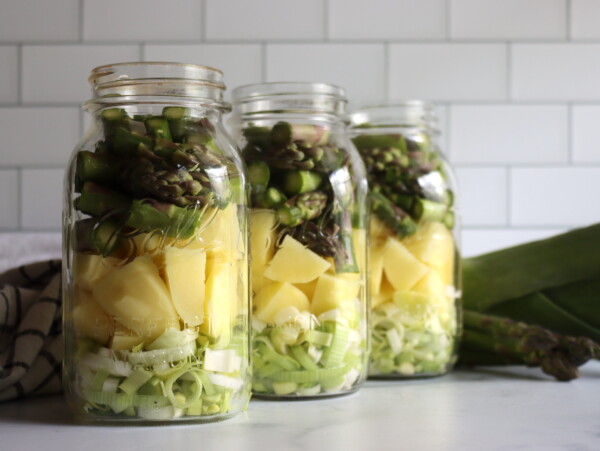
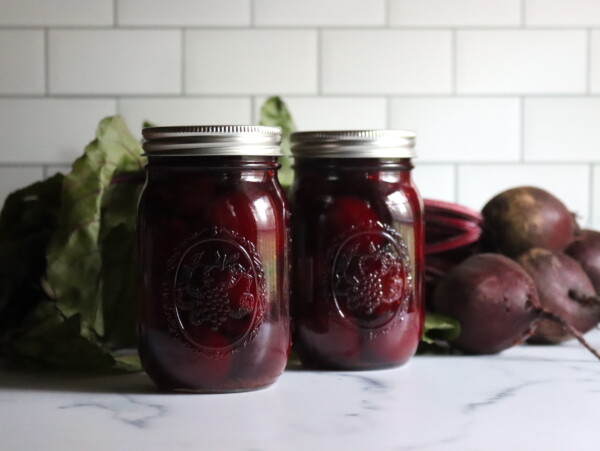

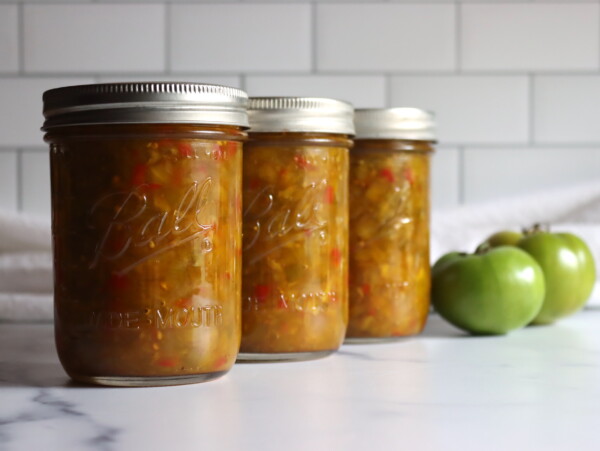
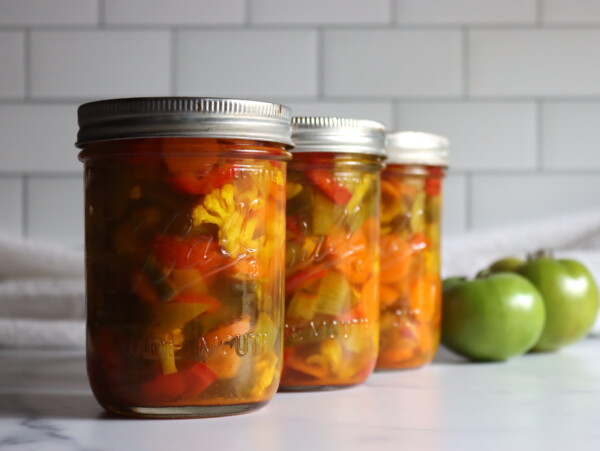
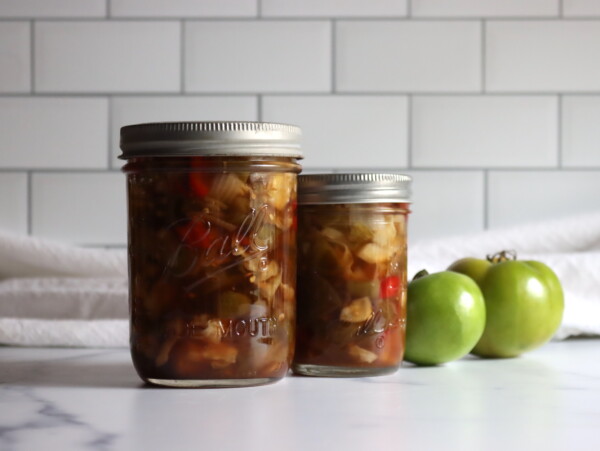


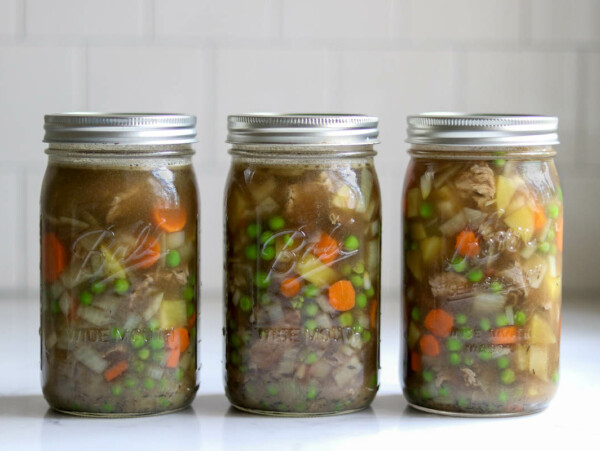
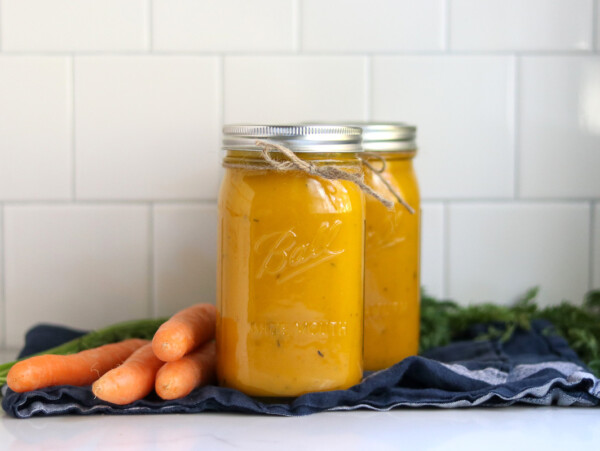
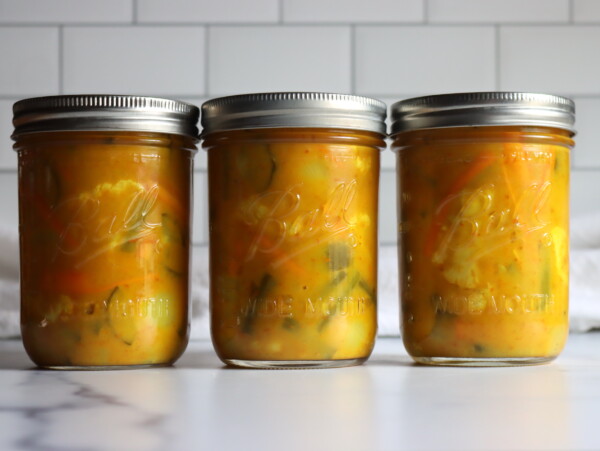

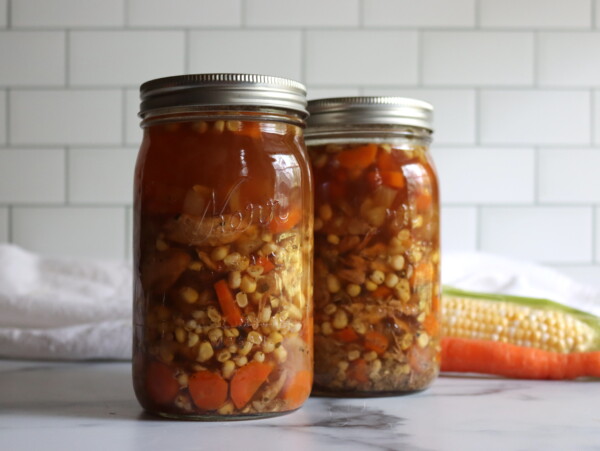
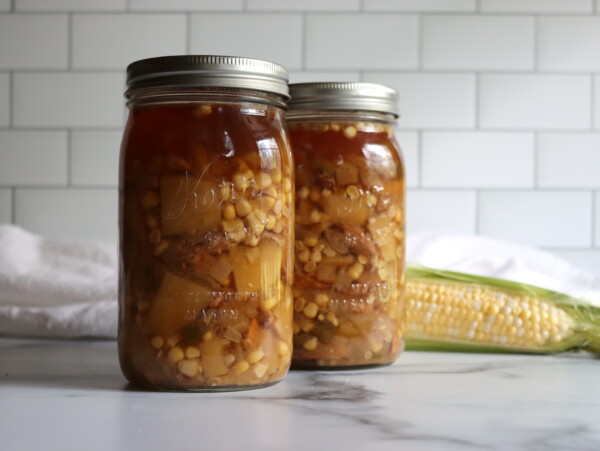




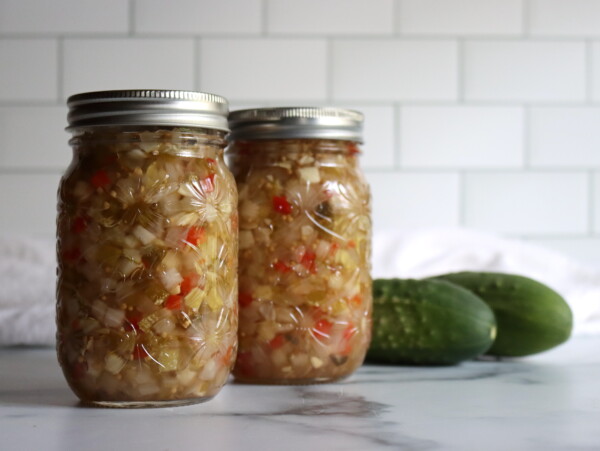


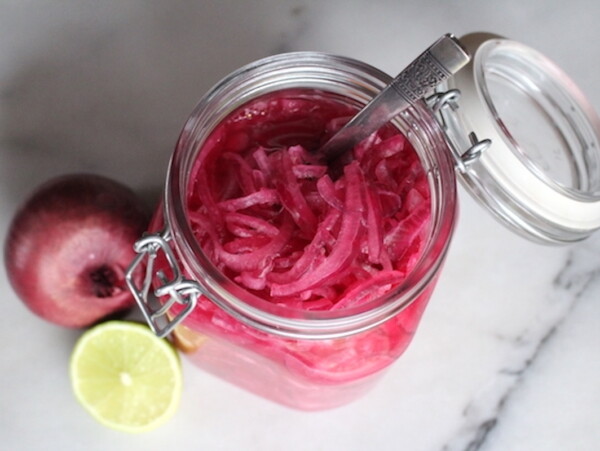

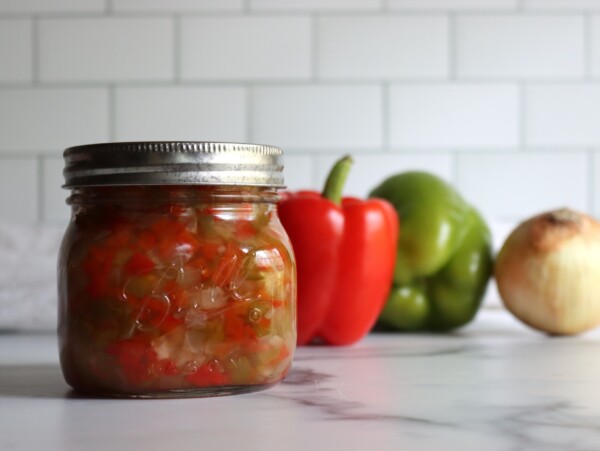


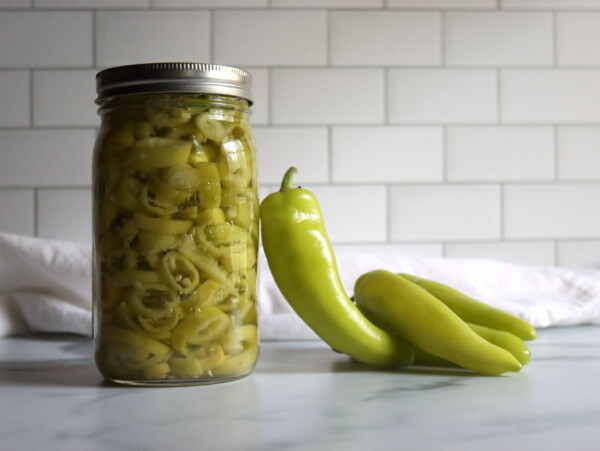

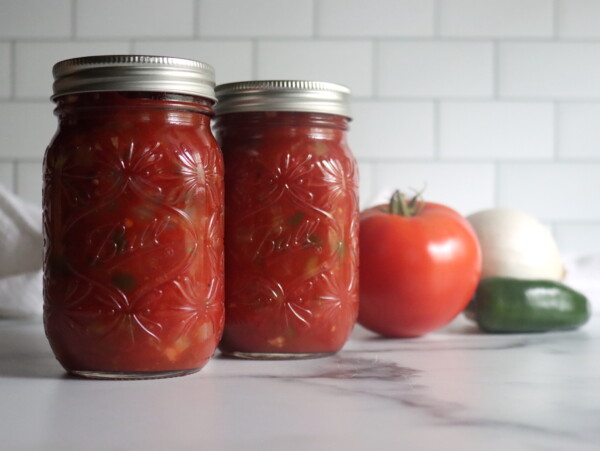

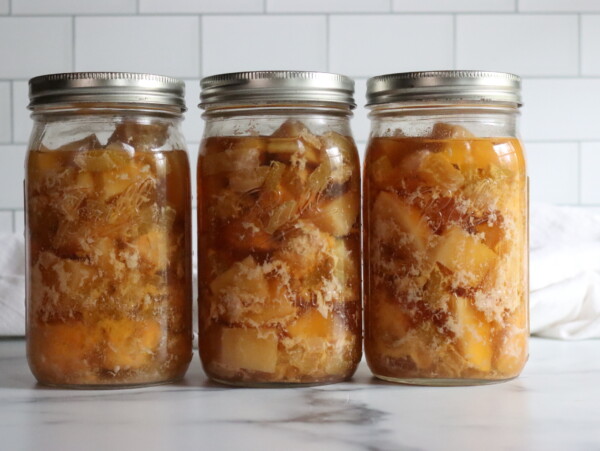

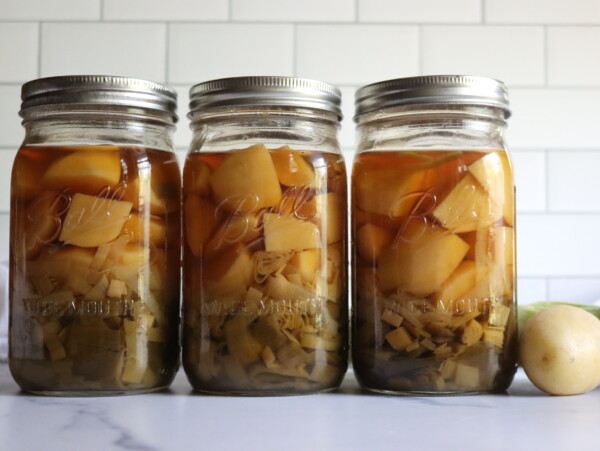
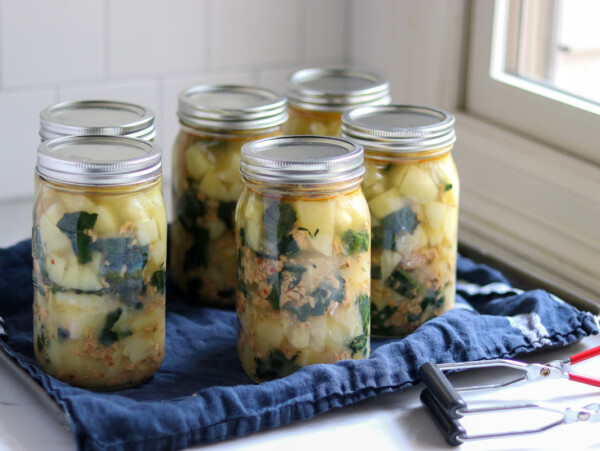
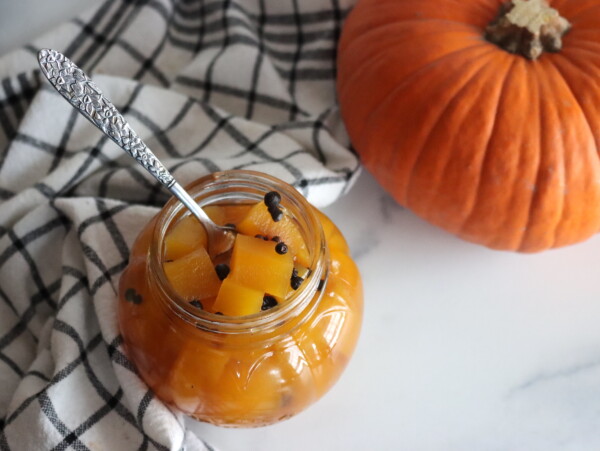
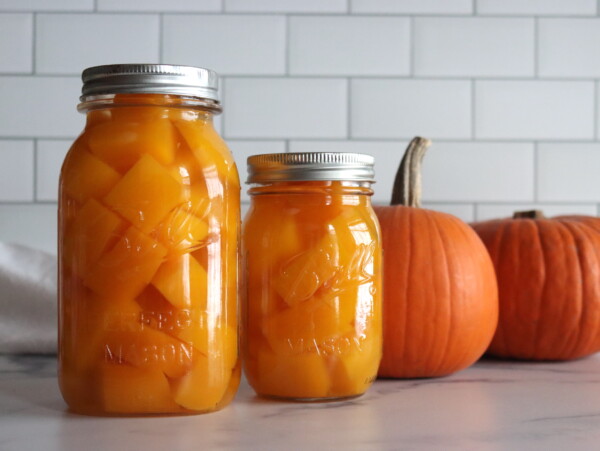

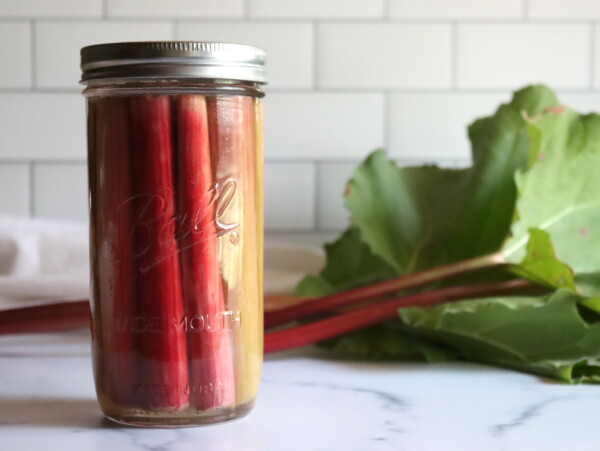

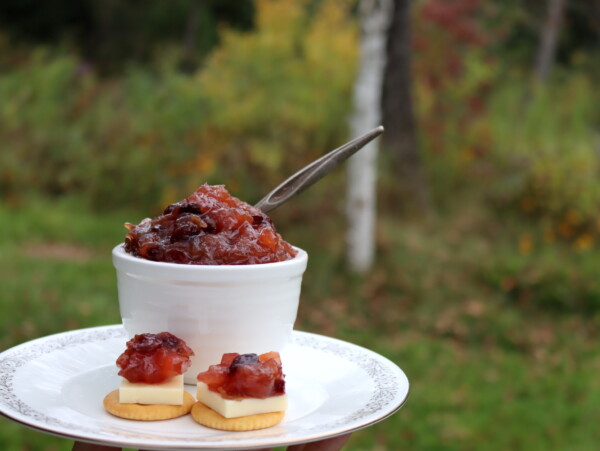

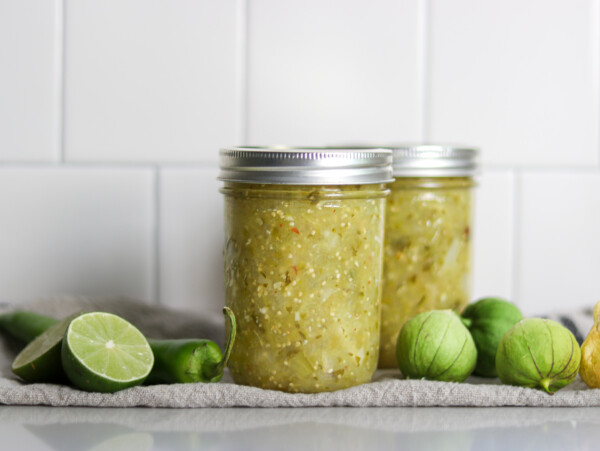
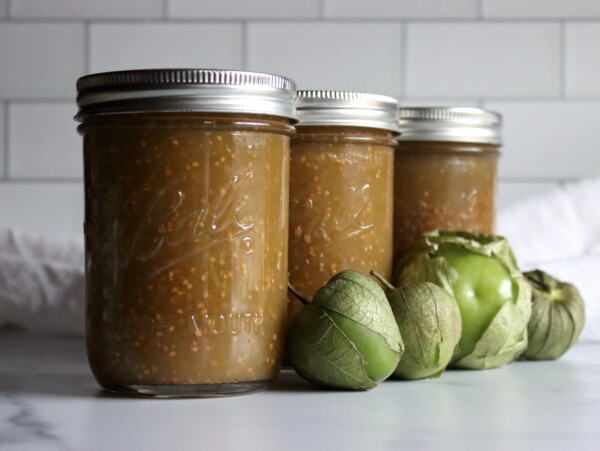
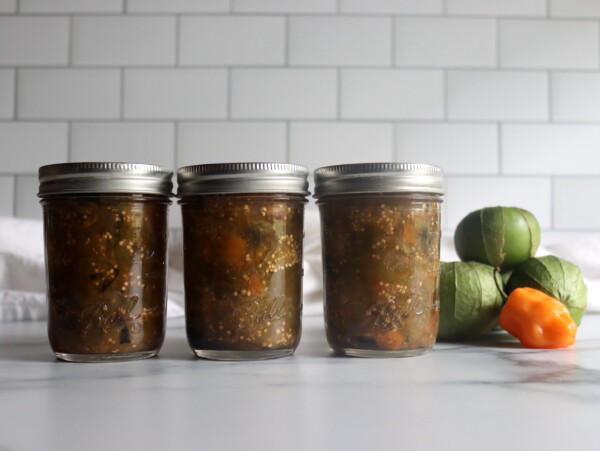

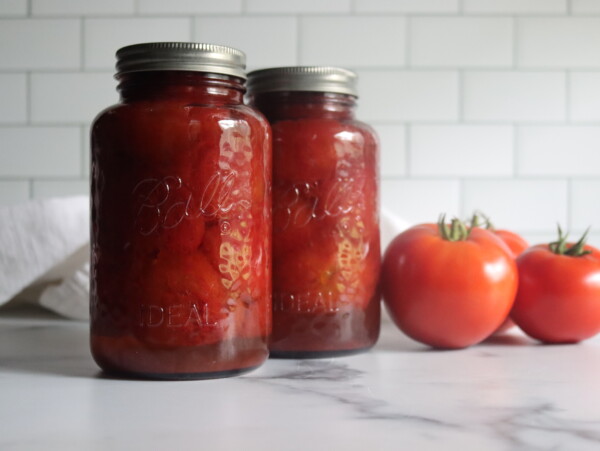
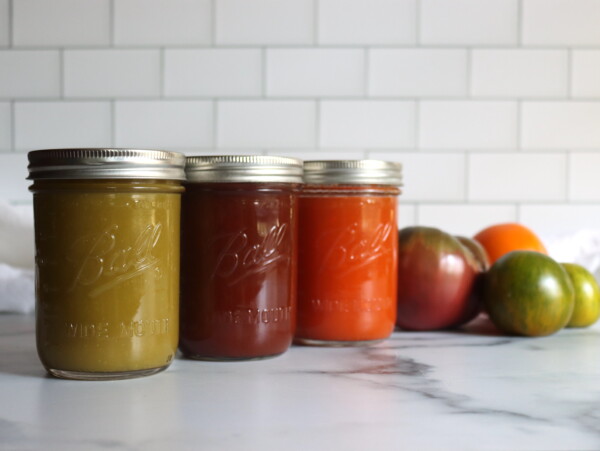
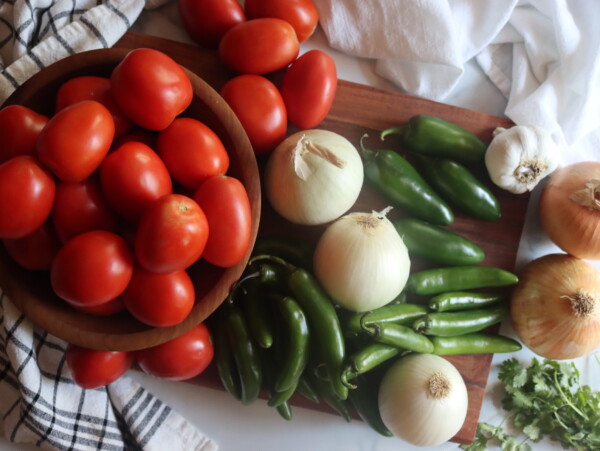

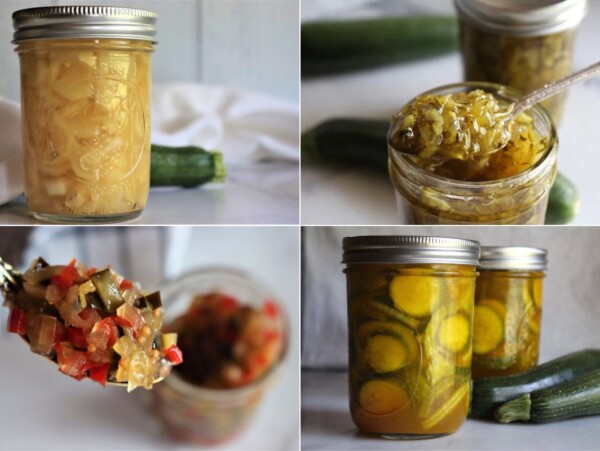

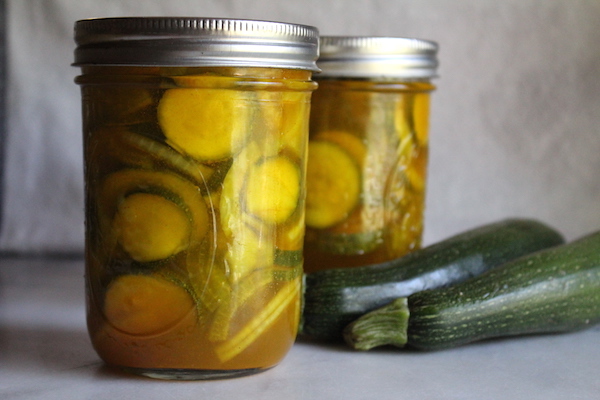
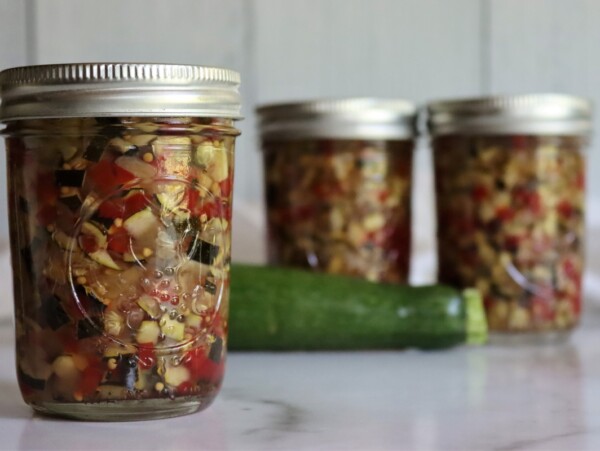
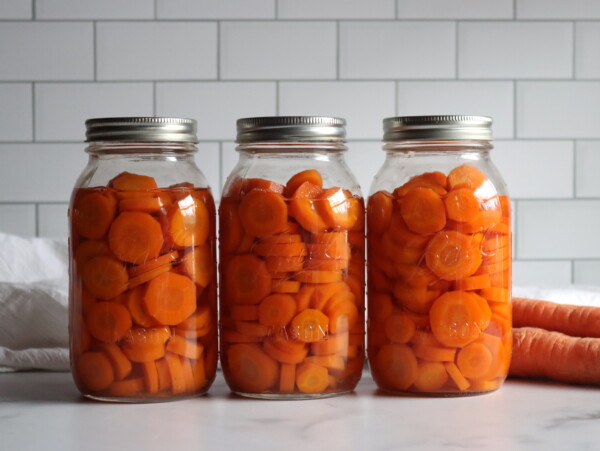

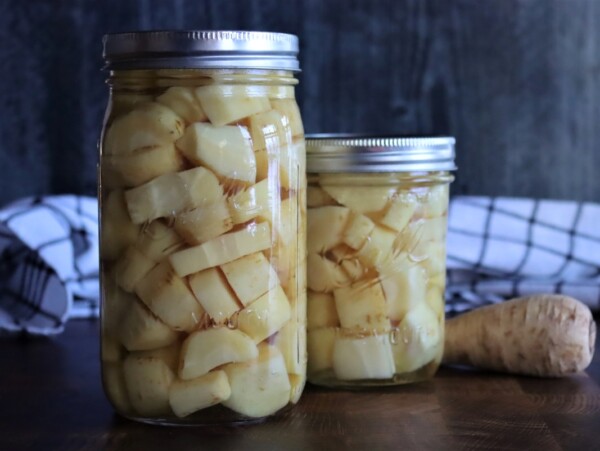

hi
I make a tomato based pasta sauce which is garlic, onion, mushroom, chilli, bell peppers and obviously tomato. is it possible to can the made sauce?
Possibly! There are generic guidelines for canning meals in a jar using your own recipe, and a mixed veggie pasta sauce would usually fit those guidelines. Take a look at this guide and see if your recipe will work: https://creativecanning.com/choice-meal-in-a-jar-canning-recipe/